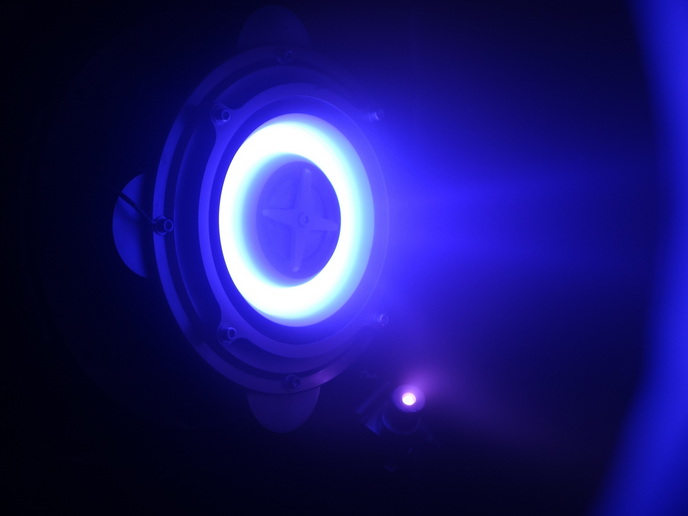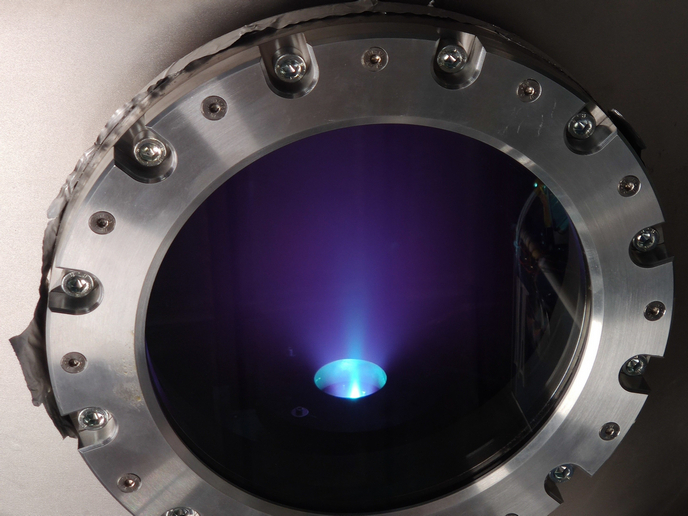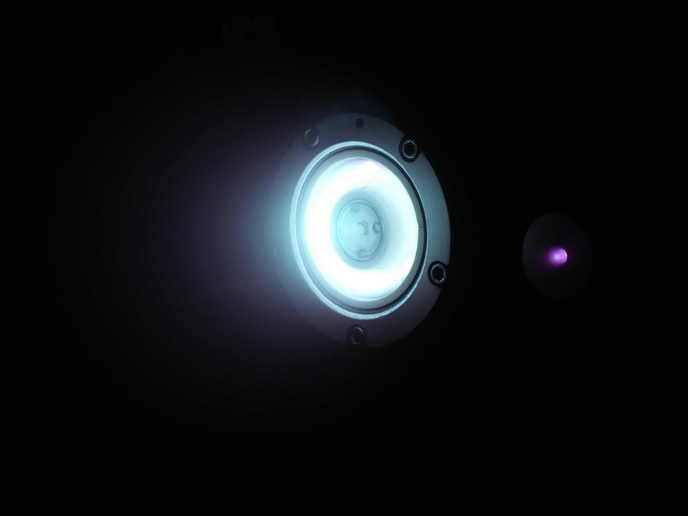Large-satellite quality at a small-satellite price is written in the stars
More than 60 years ago, the Russians successfully launched Sputnik 1, the first artificial satellite to orbit Earth. Since then, satellites have become indispensable to telecommunications, Earth Observation, global positioning, security, and more. There are currently about 2 000 satellites orbiting Earth and that number could quintuple in the next decade, largely due to the booming business of small satellites (SmallSats, mass less than 500 kg) and SmallSat constellations. SmallSats enable tremendously reduced mission costs and much faster development and deployment times than larger ones. The EU-funded ARGO project has developed mission-critical technology for this market with performance and robustness on par with that of large satellites at a price point SmallSat operators will love.
High-tech applications of no-tech methods
Determining a satellite’s orientation in space (attitude determination) is critical to the control and successful execution of any mission. It is used to turn solar panels toward the sun, to guide telescopes for Earth observation and to point antennas toward ground stations or other orbiting satellites. Project coordinator Gabriella Caporaletti of EICAS Automazione SpA explains: “Star trackers are by far the most accurate solution, almost two orders of magnitude more accurate than the second best. Digital cameras mounted onboard the satellite employ the oldest technique to find their orientation: like ancient sailors, they observe the constellations and recognise their patterns, establishing the satellite’s orientation with respect to the celestial vault.”
Big things come in small packages
Before ARGO, there were two categories of star trackers: very expensive and ultra-accurate ones for large spacecraft integrators costing about EUR 1 million and relatively low-performance, low-cost solutions at about EUR 100-150 000. ARGO 1.0 the first product developed as part of the ARGO project, is a multicamera star tracker targeting SmallSats. “Relative to other star trackers, ARGO improves the attitude measurement accuracy, the admissible working conditions and the system robustness and autonomy. It also simplifies hardware requirements and opens the way for gyroless and single-sensor automatic orbital control systems concepts, all priced for the SmallSats market,” says Caporaletti. The multiple cameras can be installed anywhere on the vehicle to obtain optimal sky coverage. The master camera is the only one installed in a rigid way to the payload; the attitude of the other cameras is measured with respect to it and continuously updated, based on intelligent data fusion of star measurements. Smart fusion of raw data measurements from the multiple cameras and in-flight auto-calibration provide a turboboost to accuracy and robustness.
The sky is the limit
ARGO 1.0 has been tested up to TRL9 and was also selected as one of the seven payloads for the STRIVING maiden in-orbit demonstration (IOD) mission, a commercial service enabling others to test and validate technologies. ARGO’s second architecture, lighter and more compact targeting satellite constellations, will fly on the GOMX-5 IOD mission run by GomSpace and European Space Agency (ESA). More than 16 000 SmallSats could be launched in the 2018–2030 period. ARGO is getting ready to meet that demand with a manufacturing facility for the commercialisation of the ARGO star tracker on a global level.
Keywords
ARGO, satellite, star, SmallSats, mission, star tracker, camera, orientation, constellation, orbiting, attitude determination, IOD, Earth observation, payload, multicamera, autonomy, sensor







